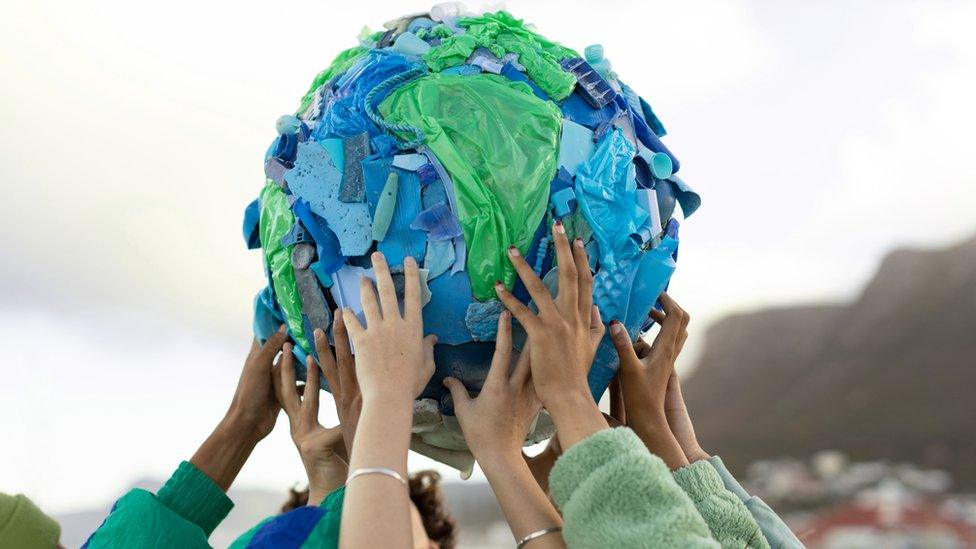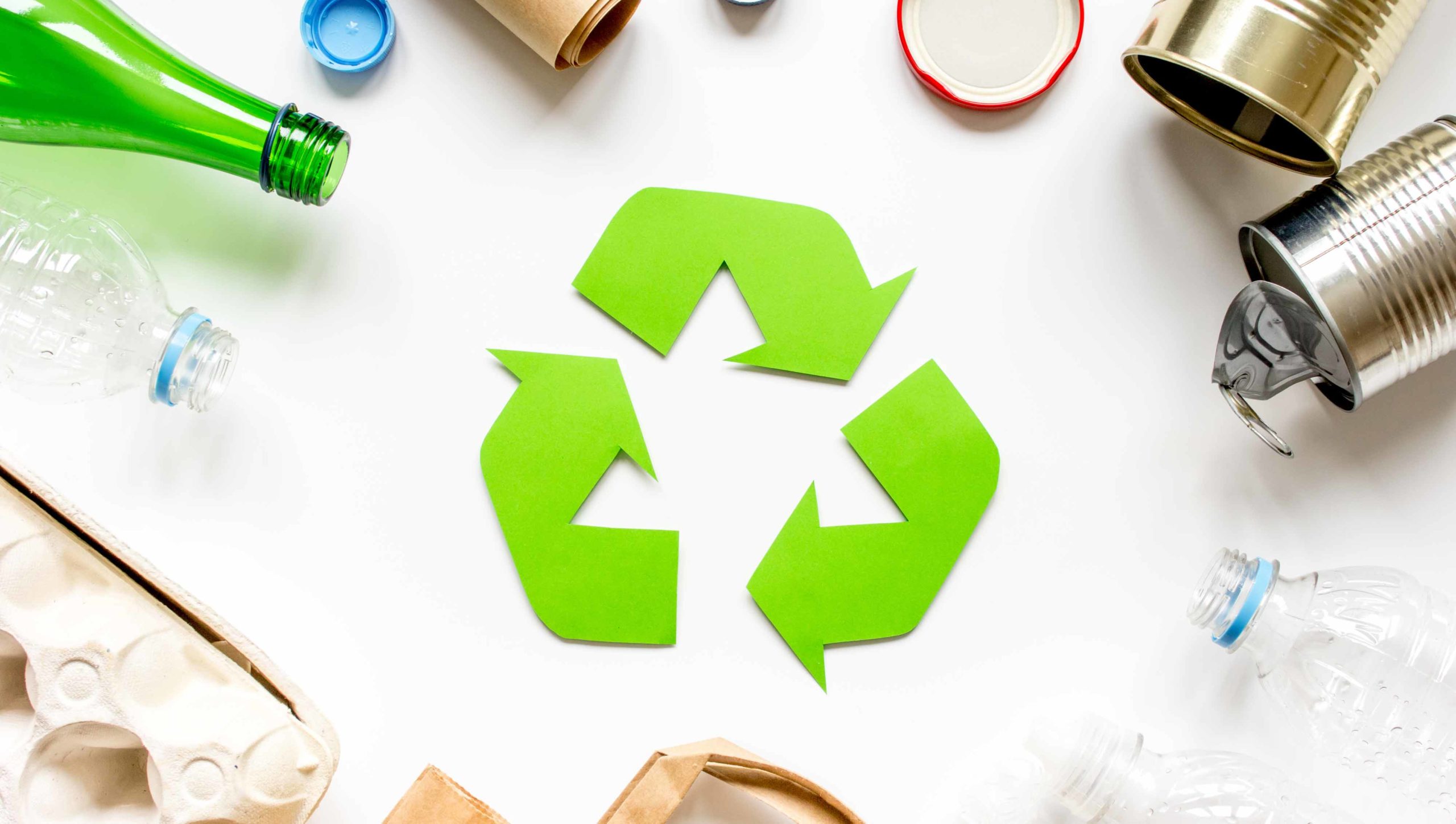Recycling: A Simple Habit With a Powerful Impact

In a world where environmental issues grow more urgent by the day, one simple habit stands out as an effective way for everyday people to make a difference: recycling. It may not seem like much—separating paper from plastic, rinsing out containers, tossing items in the correct bin—but recycling plays a vital role in protecting our planet.
By understanding what recycling is, why it matters, and how we can do it effectively, we can all become part of the solution to the global waste crisis. Let’s explore how recycling works, what benefits it brings, and how you can make a meaningful impact starting today.

1. What Is Recycling?
Recycling is the process of collecting, processing, and repurposing waste materials into new products. Instead of sending used items to landfills or incinerators, recycling turns them back into raw materials that can be used again. This reduces the need for extracting natural resources, saves energy, and cuts down on pollution.
Common materials that can be recycled include:
-
Paper and cardboard
-
Plastics (certain types)
-
Glass
-
Metals (like aluminum and steel)
-
Electronics
-
Textiles
However, recycling isn’t as simple as just throwing things in a bin. It requires proper sorting, knowledge of what can and can’t be recycled, and cooperation from individuals, communities, and industries.
2. Why Recycling Matters
a. Reduces Pollution
One of the biggest benefits of recycling is the reduction in pollution. Manufacturing new products from raw materials requires mining, drilling, and other processes that pollute air, water, and soil. Recycling significantly reduces these harmful practices.
b. Saves Energy
Producing materials from recycled content typically uses less energy than making them from virgin resources. For example, recycling aluminum saves up to 95% of the energy required to make new aluminum from bauxite ore.
c. Conserves Natural Resources
Our planet’s resources are finite. Recycling helps preserve forests, water, minerals, and fossil fuels. Every ton of paper recycled saves about 17 trees and 7,000 gallons of water.
d. Reduces Landfill Waste
Landfills are filling up fast. They take up valuable land and produce harmful gases like methane. Recycling keeps waste out of landfills, extending their life and reducing environmental risks.
e. Supports the Economy
The recycling industry creates millions of jobs worldwide—in collection, sorting, processing, and manufacturing. Buying recycled products also supports markets that prioritize sustainability.
3. The Recycling Process Explained
The recycling process typically follows these stages:
-
Collection – Materials are collected from households, businesses, or recycling centers.
-
Sorting – Recyclables are separated by type using machines and human labor.
-
Cleaning – Materials are washed to remove food, dirt, or labels.
-
Processing – Clean materials are shredded, melted, or pulped to create raw material.
-
Manufacturing – Recycled materials are used to make new products, like paper, cans, clothing, or even furniture.
The process varies by material and region, but the goal is always the same: to create a closed loop where waste becomes resource.
4. Common Recycling Mistakes to Avoid
Even with the best intentions, many people unknowingly make mistakes that can contaminate recycling batches. Here are some to watch out for:
-
Wishcycling: Throwing questionable items in the bin “just in case.” This can ruin whole loads.
-
Dirty containers: Always rinse out food or liquid before recycling.
-
Plastic bags: These often aren’t recyclable in curbside programs and can jam sorting machines.
-
Combining materials: Items like cardboard with plastic windows (e.g., food packaging) should be separated.
-
Unrecyclable items: Items like greasy pizza boxes, Styrofoam, and certain plastics (#6 or #7) are usually not accepted.
To recycle correctly, check with your local waste management authority for guidelines specific to your area.

5. How to Make Recycling Part of Your Daily Life
Incorporating recycling into your routine doesn’t have to be complicated. Here are some practical steps:
a. Set Up a System
Create a simple sorting station at home with clearly labeled bins for different materials. Make it easy and accessible so everyone in the household can participate.
b. Educate Yourself
Learn what can and can’t be recycled in your city or town. Many municipalities have websites or mobile apps with detailed information.
c. Reduce and Reuse First
Recycling is important, but it’s only one part of the waste hierarchy: Reduce, Reuse, Recycle. Try to avoid unnecessary packaging, choose reusable items, and buy in bulk when possible.
d. Shop Smart
Support the recycling economy by purchasing products made from recycled materials. Look for labels like “100% recycled content” or “post-consumer recycled.”
e. Spread the Word
Talk to friends, neighbors, and coworkers about recycling. Encourage schools, offices, and local businesses to implement recycling programs.
6. The Global Challenge of Plastic Waste
Plastic is one of the biggest environmental threats today. While plastic is cheap and versatile, it doesn’t biodegrade—it just breaks into smaller microplastics that pollute oceans, rivers, and soil.
Unfortunately, only about 9% of plastic ever produced has been recycled. The rest ends up in landfills, the ocean, or incinerators. This highlights the urgent need for better recycling infrastructure, innovation in packaging, and changes in consumer habits.
Reducing single-use plastics, improving plastic design, and increasing recycling rates are crucial steps forward.
7. Recycling and the Future
The future of recycling looks promising, thanks to innovation and technology:
-
Advanced sorting systems using AI and robotics can increase efficiency.
-
Chemical recycling is being developed to break plastics down to their original molecules for reuse.
-
Circular economy models aim to design products with reuse and recyclability in mind from the start.
But technology alone isn’t enough. Public awareness, corporate responsibility, and government policy must work together to create a sustainable waste management system.
8. Final Thoughts: Small Actions, Big Impact
Recycling is not just a chore—it’s a conscious act of responsibility. It’s a simple way to take part in environmental protection, reduce your ecological footprint, and inspire change in your community.
In the grand scheme of global challenges, recycling might seem small. But when millions of people recycle correctly every day, the collective impact is huge.
Let’s remember: the planet doesn’t need a handful of people recycling perfectly—it needs millions doing it imperfectly but consistently.
Start where you are. Do what you can. And watch how your small actions ripple into a better, cleaner, and greener world.
